Our Blog / Water Facts / Current Page
Source: https://www.gettyimages.com/
Have you read the latest news about faecal bacteria found in bottled water?
Or hear about how water-related diseases caused millions to die in developing countries? Knowing what is in your water is no easy task. With so many contaminants in the water, knowing where to start is often the biggest challenge for most people. Therefore, it is extremely important for you to know what is in your water, especially for water sources in rural areas.
Source: https://www.reuters.com/
Advanced diagnostic tools are often needed to detect the tiny contaminants in the water, but these tools may not be the most accessible and feasible on the ground.
However, there are still low-cost methods you can use to detect the presence of pathogens in your water. Before we get there, let me first introduce 5 key water quality indicators, to help you determine whether your water source is suitable for drinking.
Turbidity
Source: https://savetheirl.org/irl-health-update/turbidity-targets/
Turbidity (cloudiness of water) is caused by colloidal matter or suspended particles that block light transmission through the water.
High turbidity is often associated with the presence of biological contamination, due to the tendencies of bacteria and pathogens adhering to the surface of solid particles. Turbidity also creates a challenge for water treatment methods, such as solar disinfection (SODIS), boiling or chemicals that aim to destroy microbes. Turbidity can indicate: Physical and Biological contamination Colour
Drinking water should ideally have no visible colour. The colour of the water is usually caused by the presence of dissolved material or suspended solids. It also indicates the possibility of the presence of coloured organic matter or metals.
The presence of iron can be easily identified by the reddish colour in water. In addition, the water will also have a distinctive metallic taste (or “bloody” taste) which is unpalatable. While iron is an essential part of human nutrition, taking it in excess can affect the human body adversely. Colour can indicate: Physical, Biological and Chemical contamination Total coliform
Source: https://ietbuildinghealth.com/blog/sewage-testing-methods/total-and-fecal-coliform/
Total coliforms include bacteria that are commonly found in soil; in water that has been influenced by surface water and in human/animal waste.
The presence of total coliform bacteria shows that the water could be contaminated by environmental factors such as soil and dirt, with a likely presence of pathogens being present in the water. Total Coliform indicate: Biological contamination
Sign up for our newsletter!
 
Escherichia coli (E.coli)
Source: https://www.istockphoto.com/sg
E.coli is a type of faecal coliform (bacteria) commonly found in the intestines of people and animals. E.coli is the best indicator of faecal pollution because it is generally not found in the environment.
As study by the World Health Organization (2018) shows that that at least 2 billion people are drinking from water sources at risk of faecal contamination. The presence of E.coli indicate an increased likelihood of the presence of pathogenic bacteria which is harmful to the body. E.coli can indicate: Biological contamination pH value
Source: https://www.vectorstock.com/royalty-free-vector/ph-scale-indicator-of-ph-value-expressing-rate-of-vector-22616573
pH value shows how acidic or alkaline the water is. According to the Environmental Protection Agency, consuming excessively alkaline or acidic water is harmful to our health.
Water with low pH (acidic, below 6.5) is corrosive and may contain dissolved heavy metals which will cause adverse health effects. Water with a high pH (alkaline, above 8.5) indicates that a high level of alkaline minerals is present. Water that is slightly alkaline does not seem to pose a health risk, but it can affect the taste and appearance of the water. For your further knowledge and information, here is everything you need know about alkaline water. pH value can indicate: Chemical contamination Suggestion: A Simple Water Test Kit to Identify the Water Quality
At the end of the day, knowing the constituents in your drinking water is the first step in ensuring that your water is safe to drink.
You can test the quality of your water using a laboratory or a portable water test kit. If you are travelling in remote areas such as disaster zones or rural areas, consider using our Water Test Kits to ensure that your water is safe to drink. Buy a portable test kit now for your next adventure!
Blog Author: Ze Yong Yeoh
Did you know, 525,000 children under 5 die from diarrhoeal diseases every year? Millions more fall ill due to water-borne diseases caused by the lack of access to clean drinking water.
*Please refer below for terms and conditions
2 Comments
17/7/2021 02:34:30 am
I found it interesting when you talked about water quality and how to understand its indicators. Recently, my wife and I moved into another house, and we just realized the water's affecting our clothes. We think we might be dealing with a case of hard water, and since my sister had it too, we know a little about its effects, so we'll be sure to look into it. Thanks for the information on water quality and how to inspect ours.
Reply
21/7/2021 03:40:08 am
It really stood out to me when you mentioned that drinking water should have no kind of colors in it. My brother is wanting to have a water well drilled on his property so that he doesn't have to worry about using city plumbing anymore. I will have to make sure that I tell my brother that it would be a good idea for him to check the color of his well water often so that he can know that there are no minerals in it.
Reply
Your comment will be posted after it is approved.
Leave a Reply. |
Want more?Click below to see what other blog topics might peak your interest



Water Facts
|
|||||||||||||||||
- About Us
- Products
- Solutions
- Resources
- Get Involved
-
Blog
- The Global Water Situation
-
Facts about Water
>
- Water supplies for crisis
- WaSH During Emergencies
- Well Water Cleaning and Filtration Guide: Southeast Asia
- Gravity-fed Water Systems: Water Purification and Filtration setups in Southeast Asia
- A Guide to Rural Rainwater Harvesting and Filtering
- Water Shortages and Their Effect on Children in Rural Schools
- WaSH Planning and Design Framework Resources for Indonesia and the Philippines
- Rural Community Water Supply: Water Systems in Villages
- Info on our Products
- Impact Stories
- Upcoming & Past Events
- Contact
- Store
- About Us
- Products
- Solutions
- Resources
- Get Involved
-
Blog
- The Global Water Situation
-
Facts about Water
>
- Water supplies for crisis
- WaSH During Emergencies
- Well Water Cleaning and Filtration Guide: Southeast Asia
- Gravity-fed Water Systems: Water Purification and Filtration setups in Southeast Asia
- A Guide to Rural Rainwater Harvesting and Filtering
- Water Shortages and Their Effect on Children in Rural Schools
- WaSH Planning and Design Framework Resources for Indonesia and the Philippines
- Rural Community Water Supply: Water Systems in Villages
- Info on our Products
- Impact Stories
- Upcoming & Past Events
- Contact
- Store


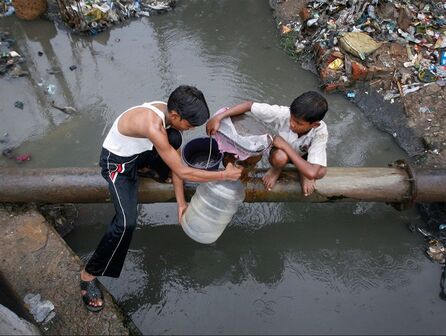
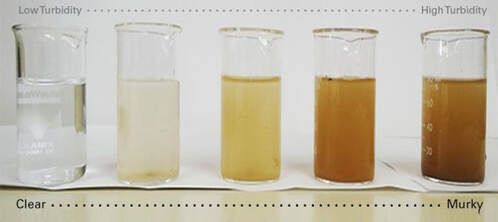
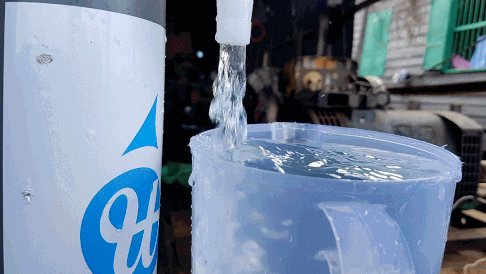
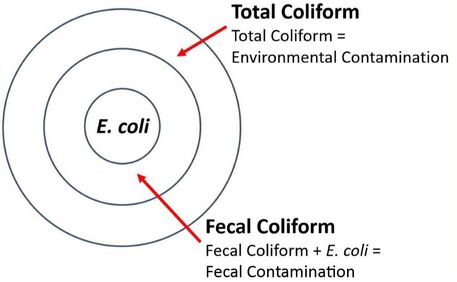
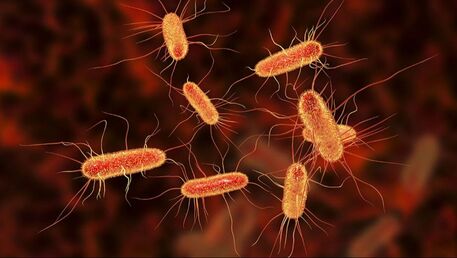
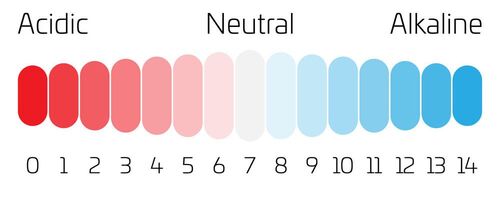
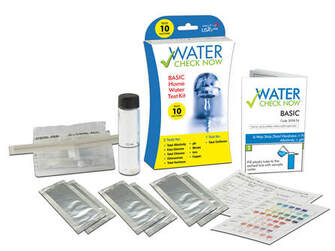
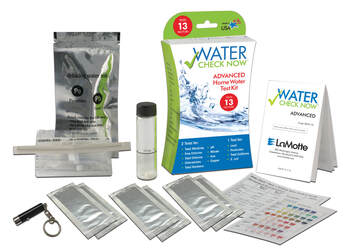

.jpg)